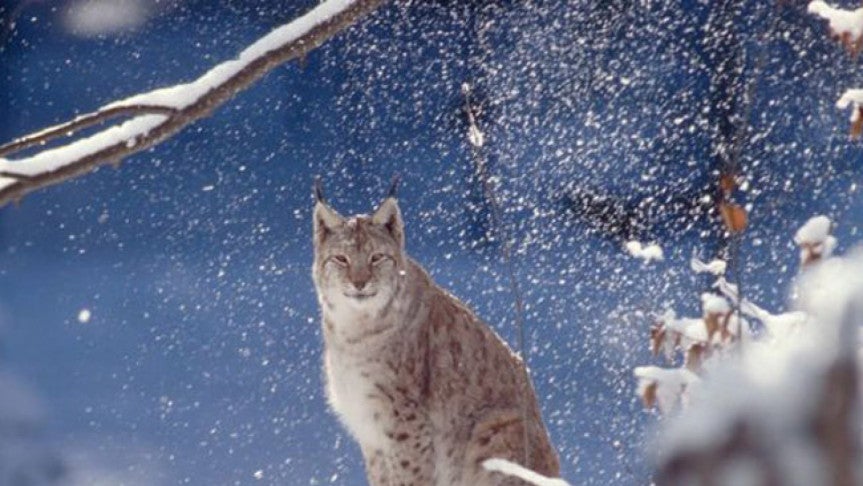World wildlife falls by over half in 40 years: report

The results of a new report released on 26 October said world wildlife populations have fallen by 58 per cent in the past 46 years.
Released by the Zoological Society of London (ZSL) and the WWF (World Wildlife Fund), titled ‘The Living Planet Assessment’, the report painted a grim picture of a world whose wild animal populations are in free-fall, reports BBC.
Habitat loss, trade in wildlife, killing animals for skins, horns, and other uses, pollution and climate change are to blame the report said.
Freshwater species are in the worst trouble
Particularly hard hit the report stated are wild animals that exist in lakes, rivers, and wetlands. Those creatures are experiencing the biggest losses. Dr. Mike Barrett, head of science and policy at the WWF, said human activity caused the massive declines in wildlife populations.
Scientists said they know what is causing the decline in wildlife numbers
The Living Planet Report is issued every two years. The analysis collected data on 3,700 different species of animals, birds, fish, mammals, amphibians and reptiles, totaling approximately six percent of the world’s vertebrate species. The scientists then compared the population count of wildlife with findings from the year 1970.
Some animals have suffered worse than others. Barrett said with animals that exist in fresh water the decline is particularly steep, due in part to pollution and fragmenting of river systems through dam building. African #Elephant populations have also taken a big hit from poaching. The animals are prized for their ivory tusks. In addition, the world’s shark population has seen a steep decline because of over-fishing scientists said.
Dr. Robin Freeman, head of the ZSL Indicator & Assessment Unit, said that decline doesn’t mean extinction. Freeman said if things remain the same, with pressures from over-exploitation, illegal wildlife trade, and other damaging factors, the trend will worsen. However, Freeman noted that the numbers represent declines and that means animals are not vanishing but gives humans the opportunity to correct their damaging footprint on world wildlife.
Critics said the report left some information out
There have been critics of the WWF Report. Stuart Pimm, professor of conservation ecology at Duke University, while he agreed wildlife numbers are in decline, criticized the report for what he said are the gaps in its data, most of which he said represents animals in Western Europe. The report he said largely omits findings from South America, the tropics and other regions of the earth. However, Freeman countered that a lack of data concerning some species such as tropical amphibians resulted because little data currently exists.
Scientists said it can only get worse if nothing is done
Freeman added that his team had taken the best possible data they had from around the world. Scientists predict that if nothing is done to prevent it, the world’s population of vertebrates could decline by two-thirds by the year 2020. Scientists said results of the WWF report show that the time when humans could ignore declining wildlife populations is over.

 NTV Online
NTV Online




